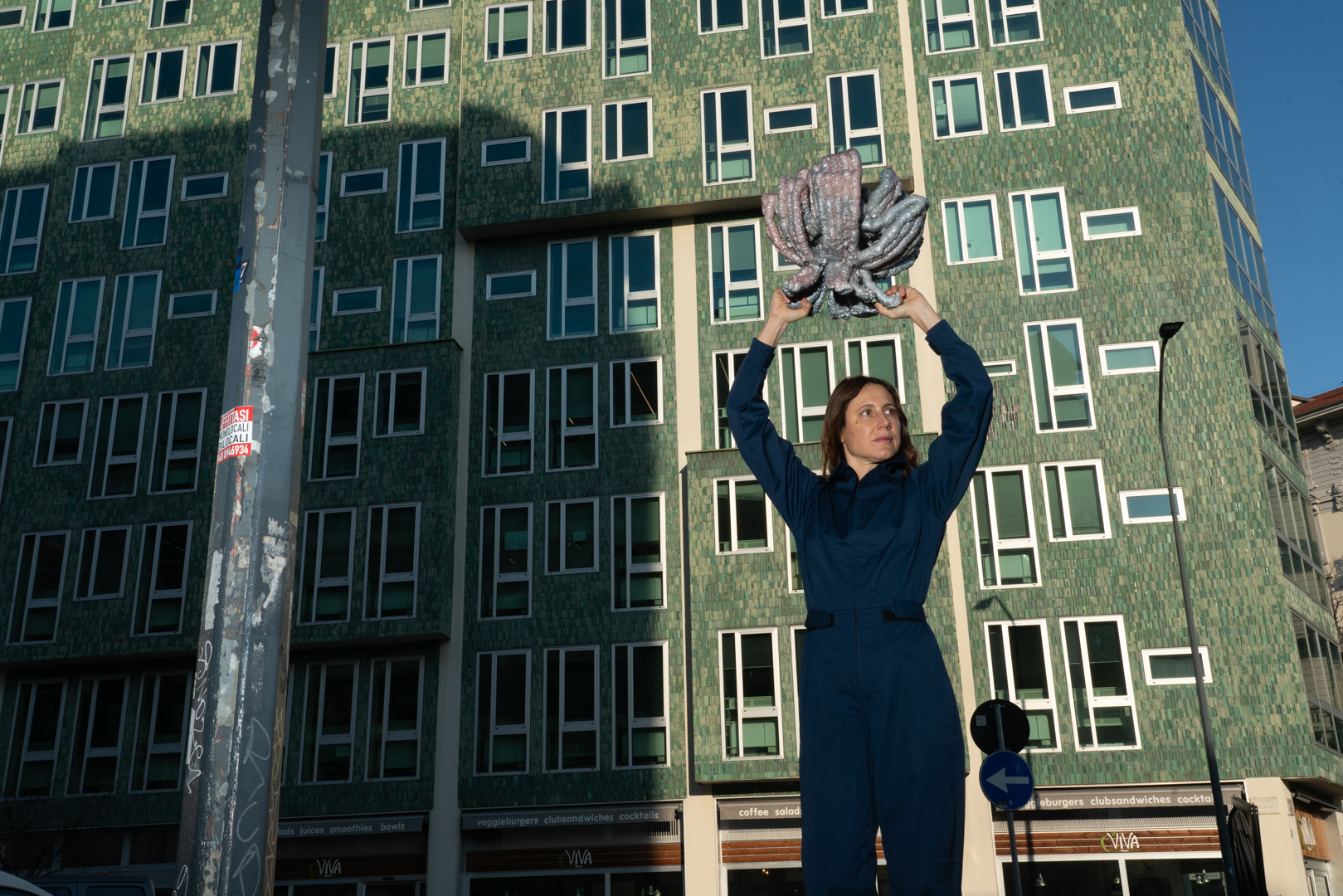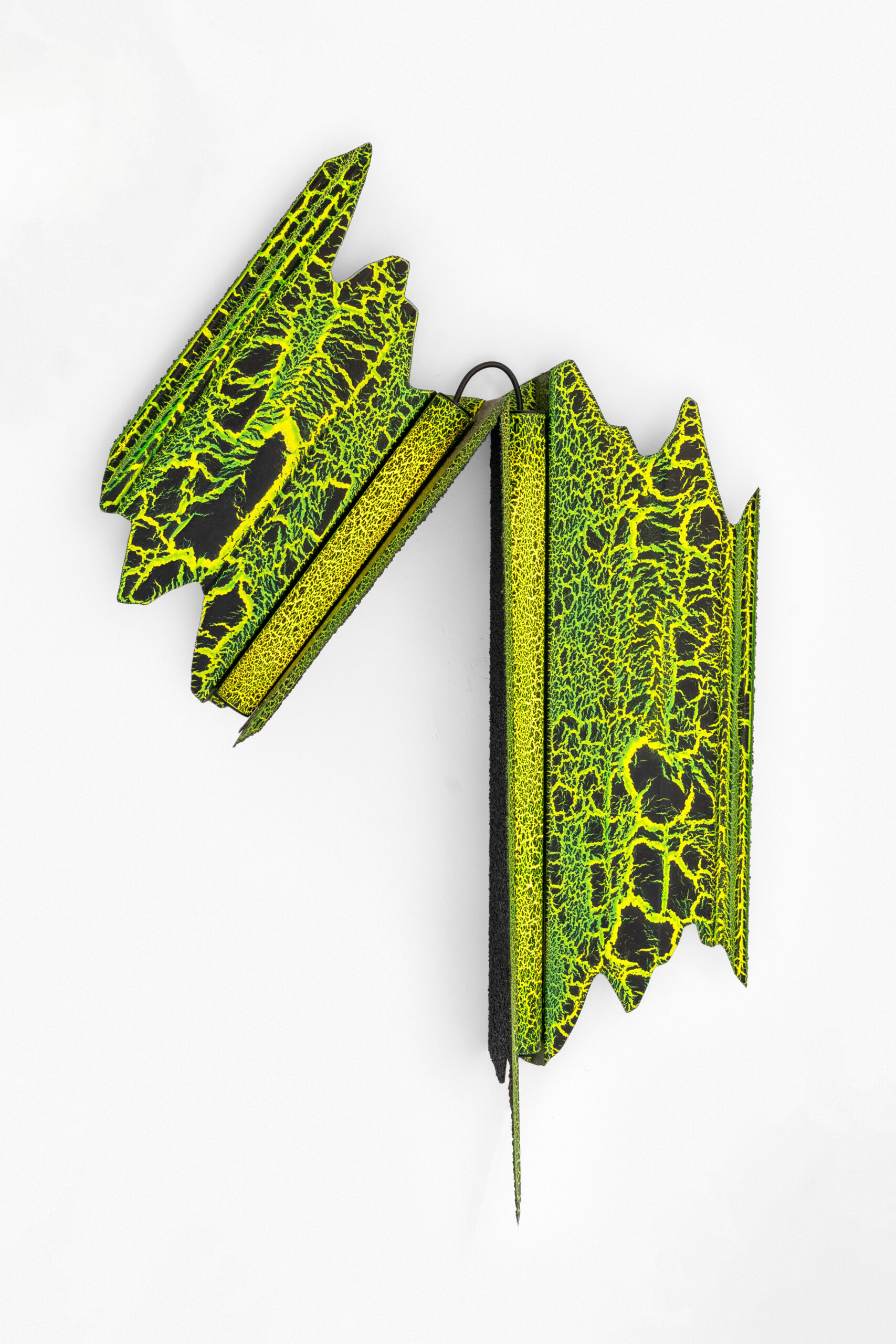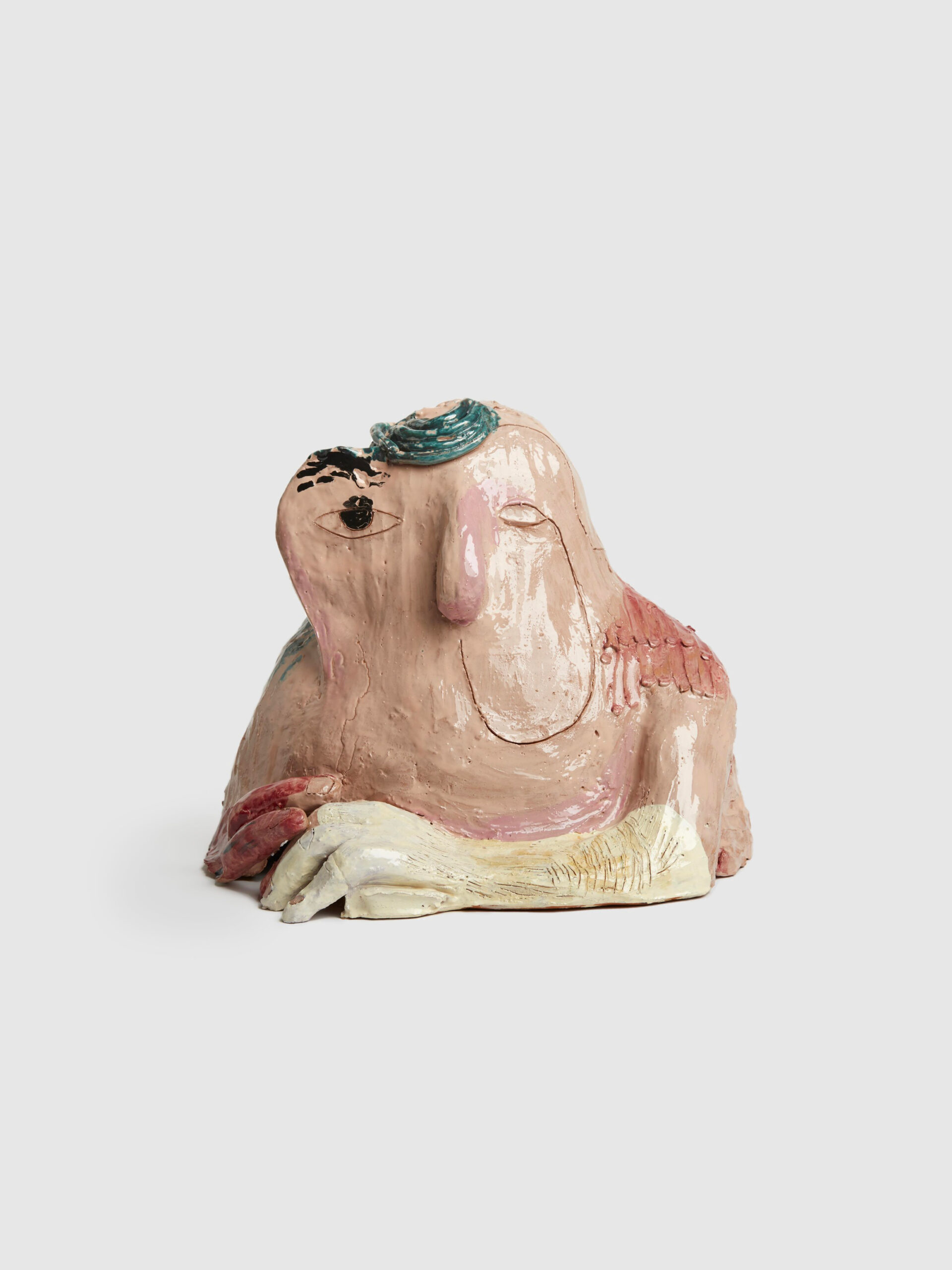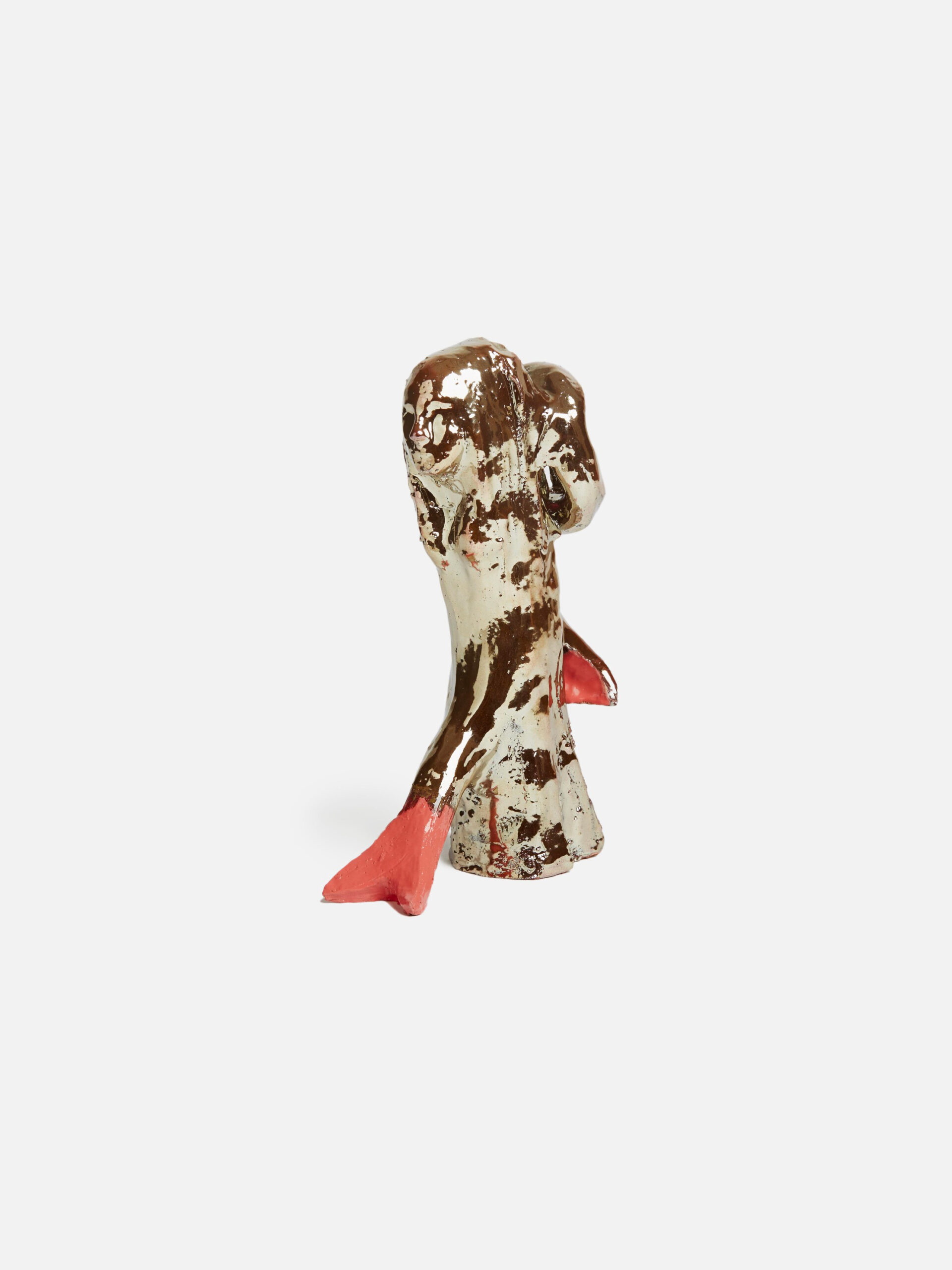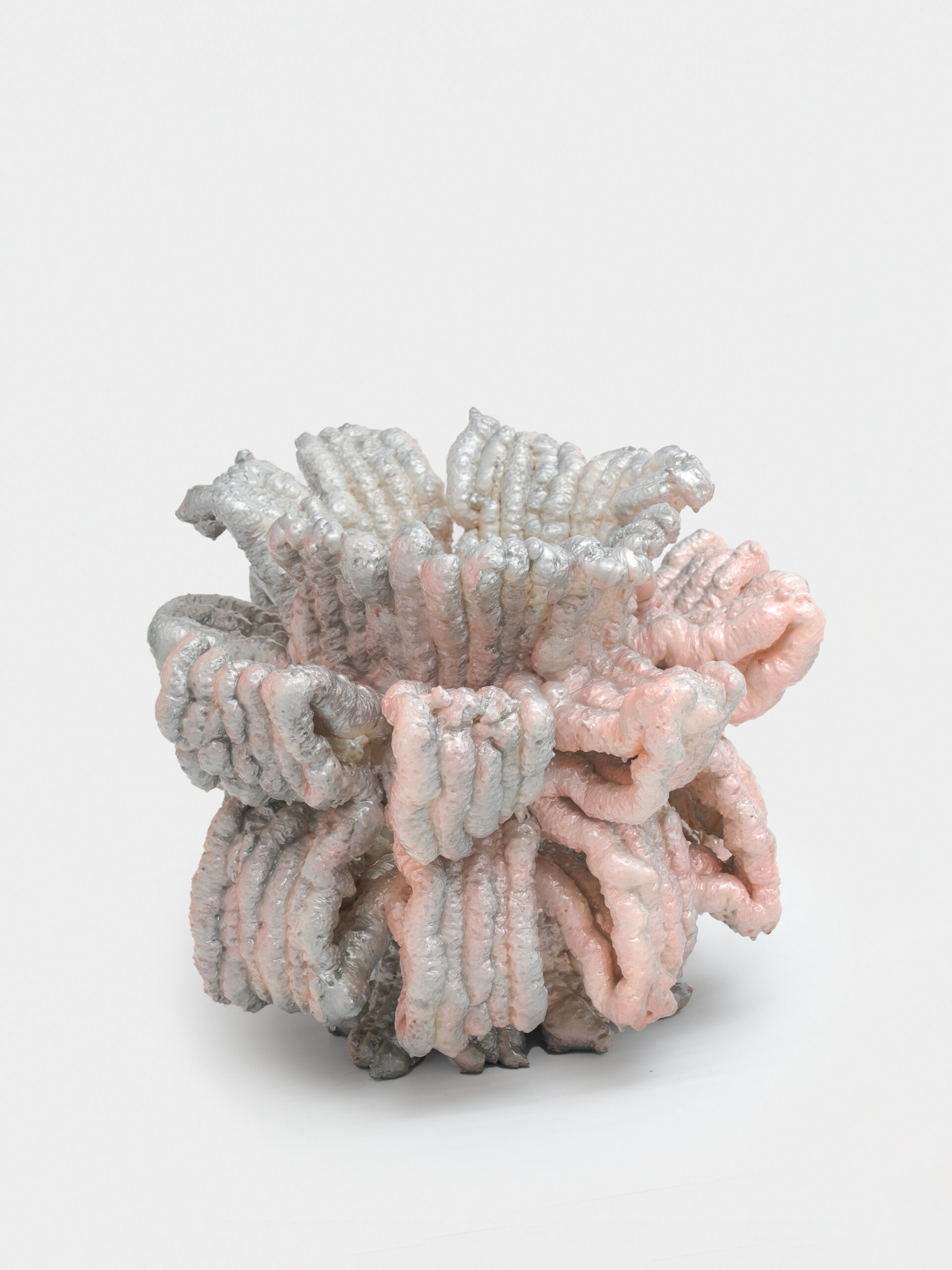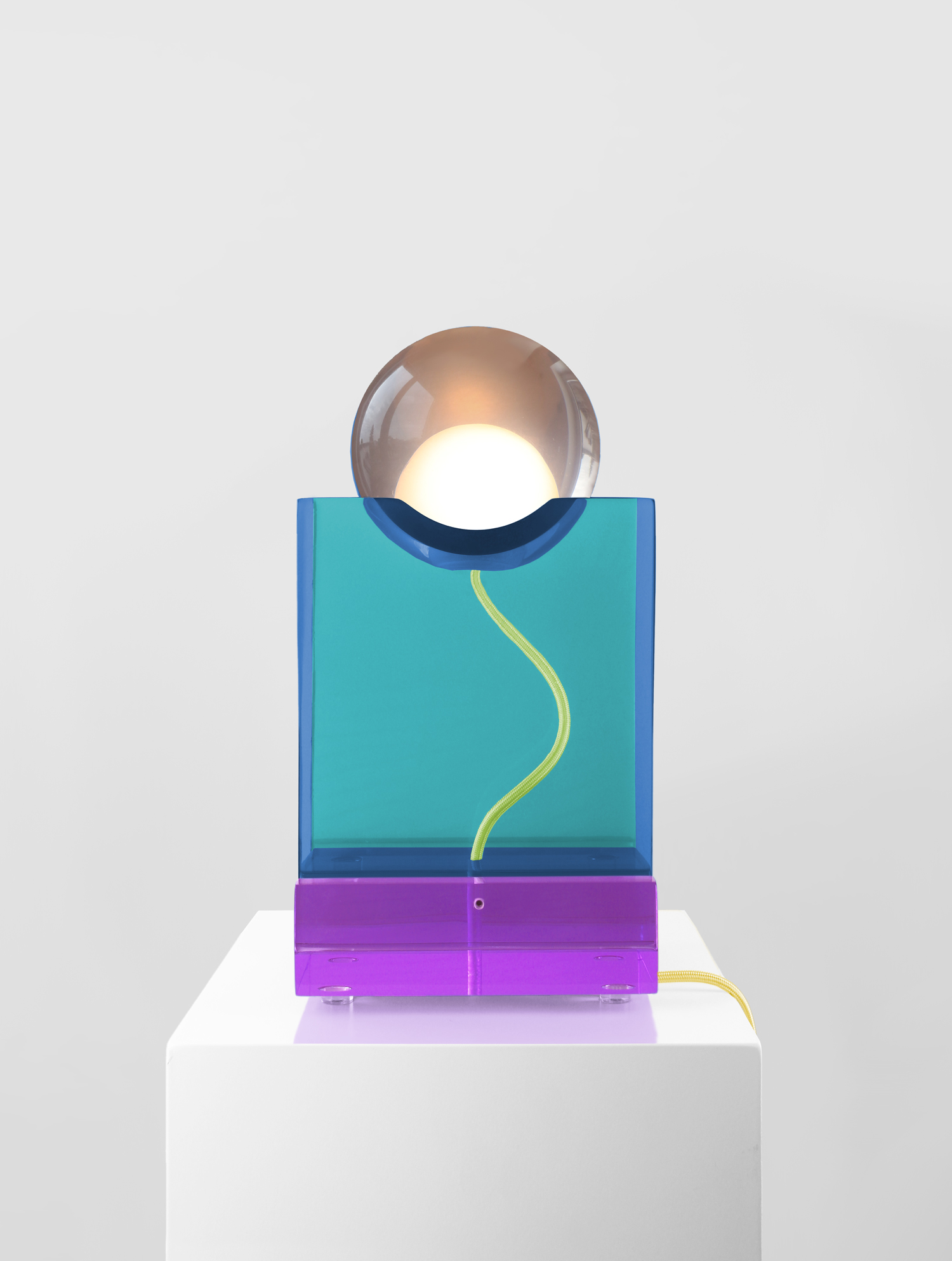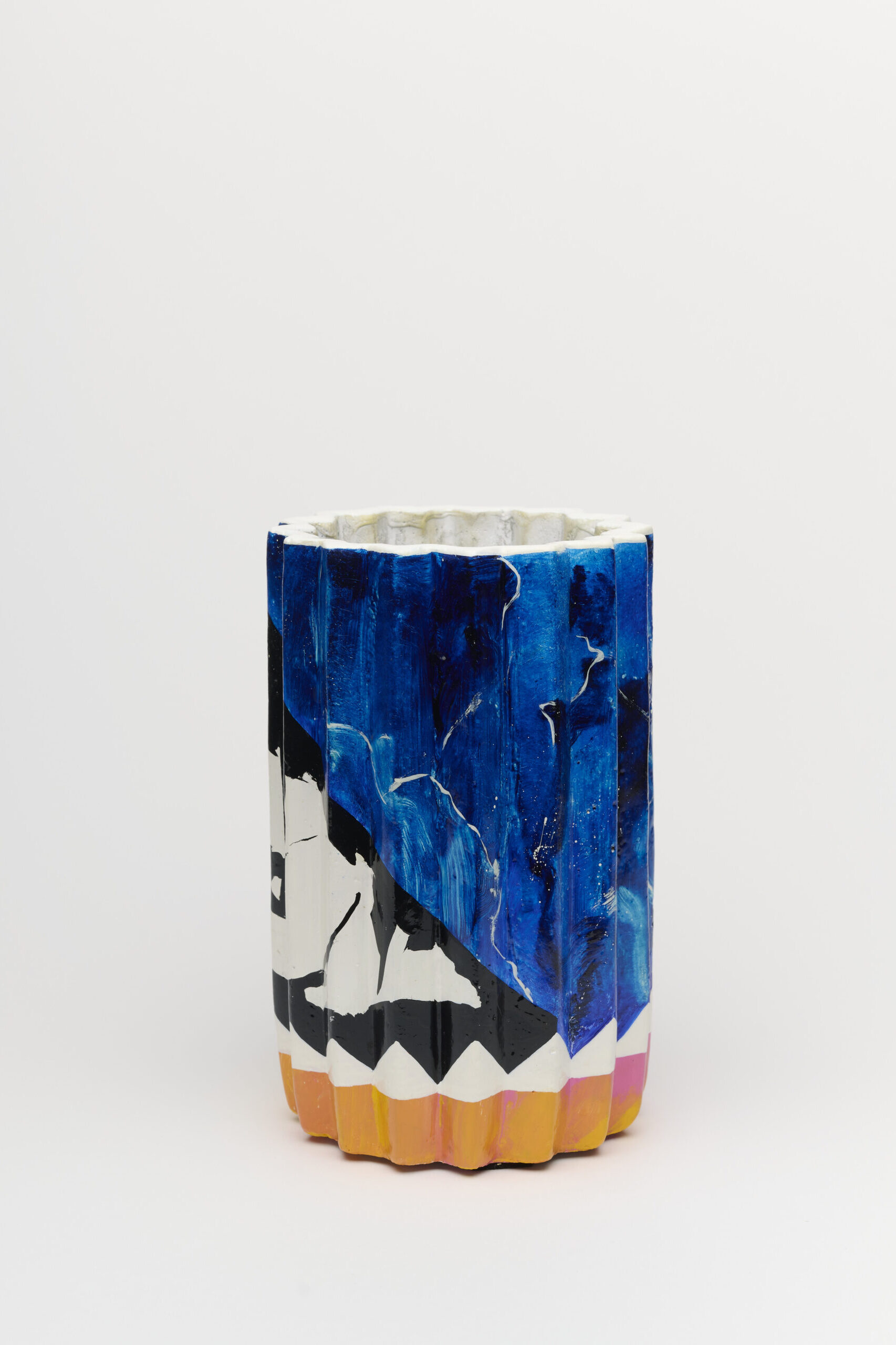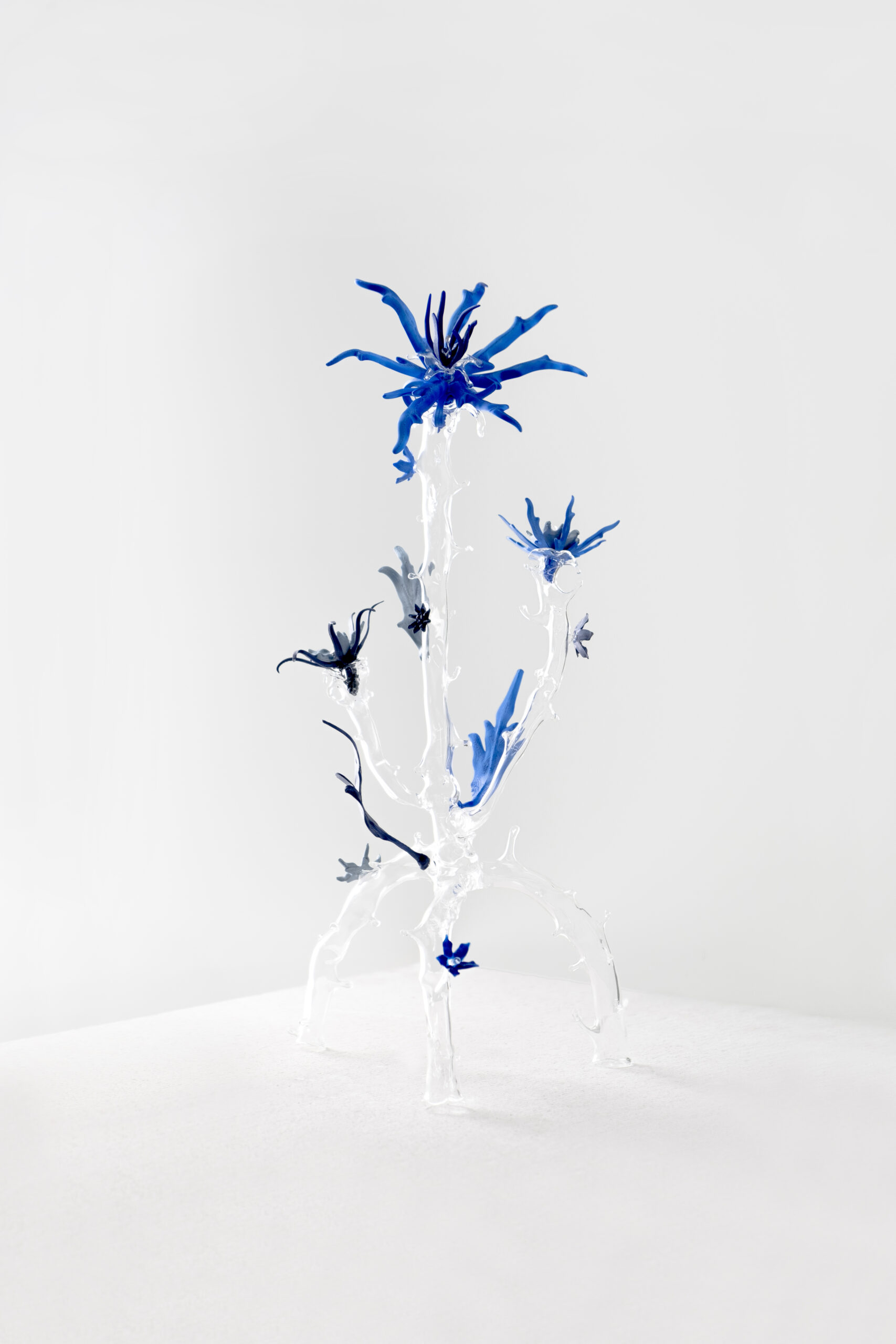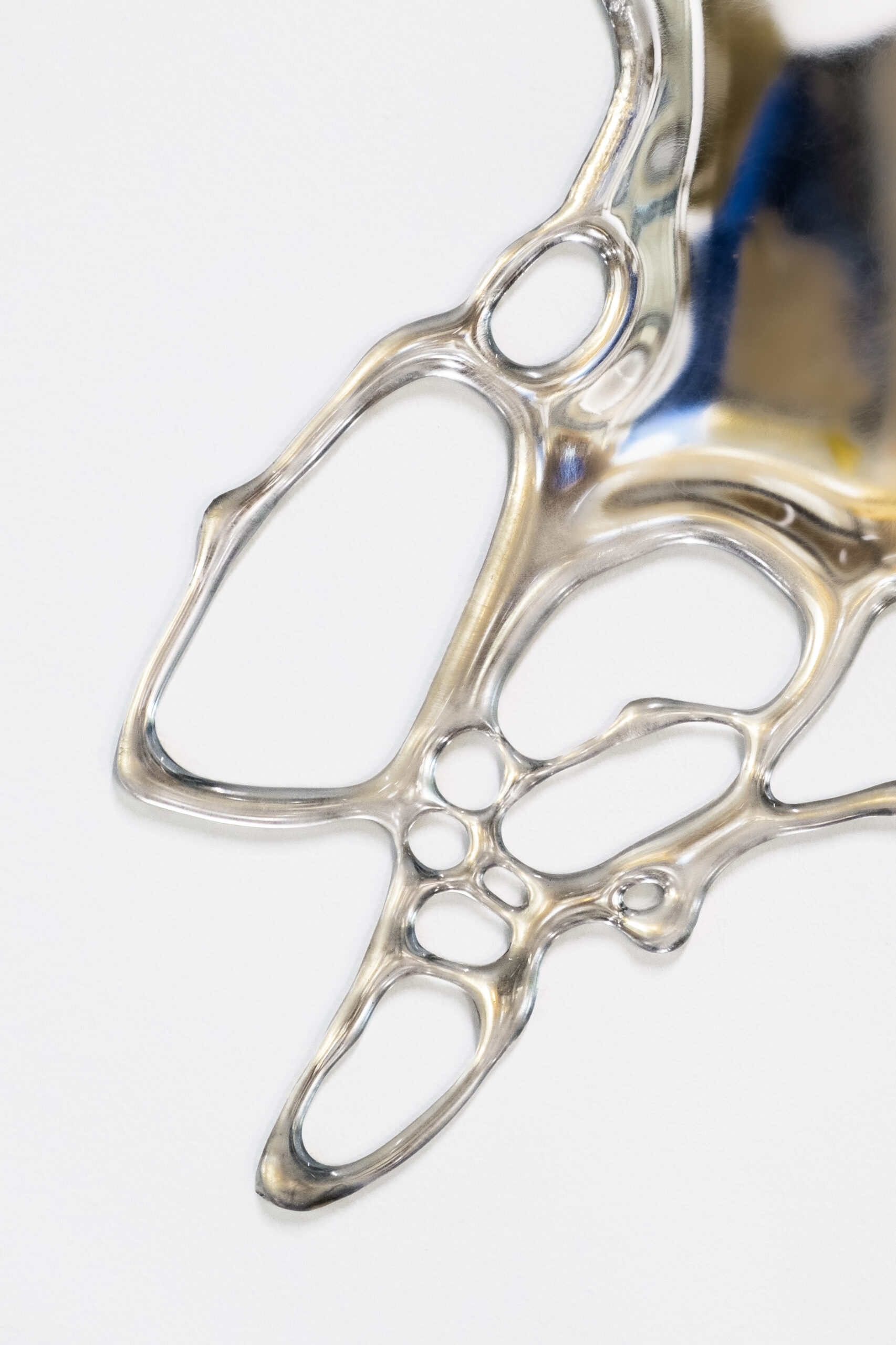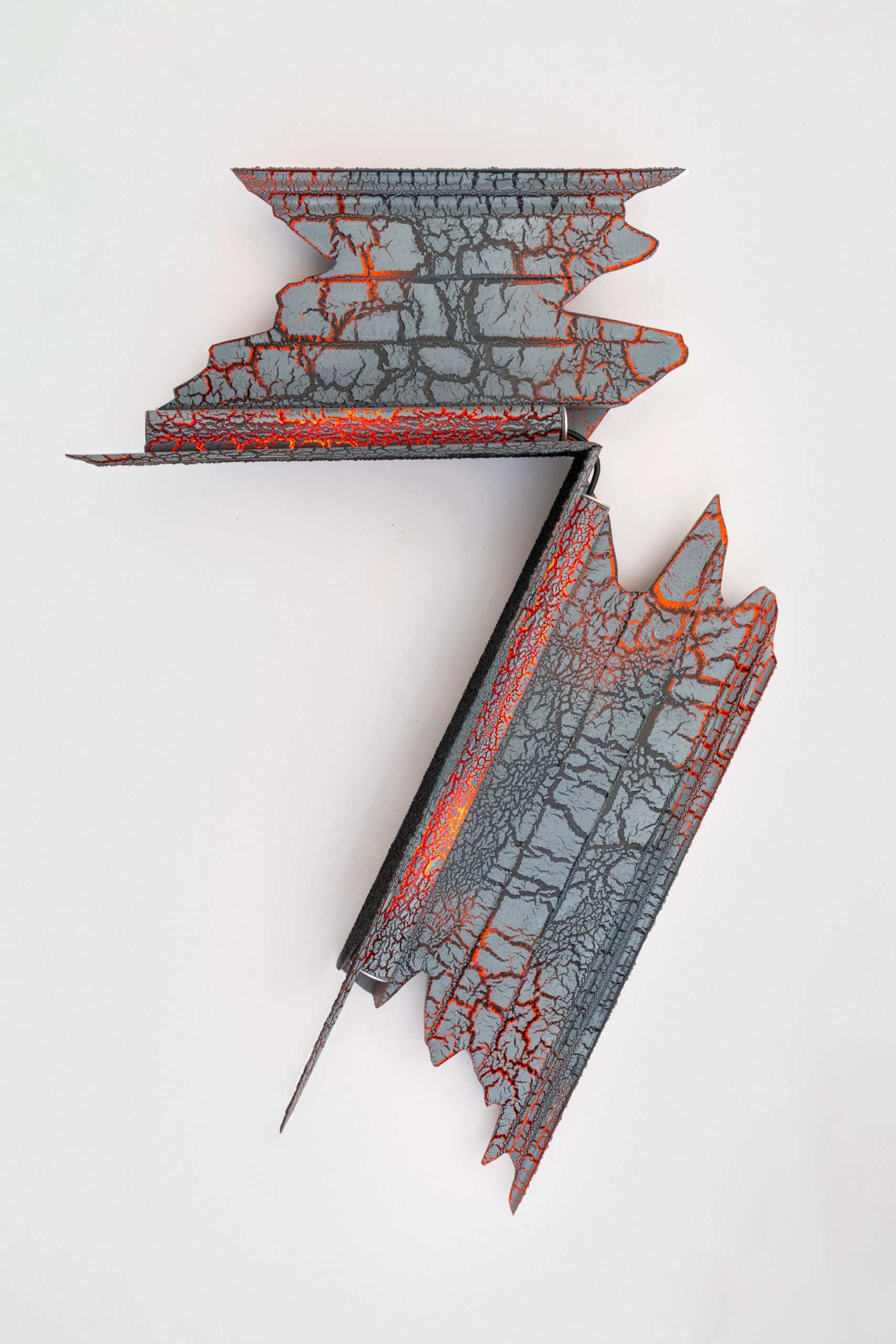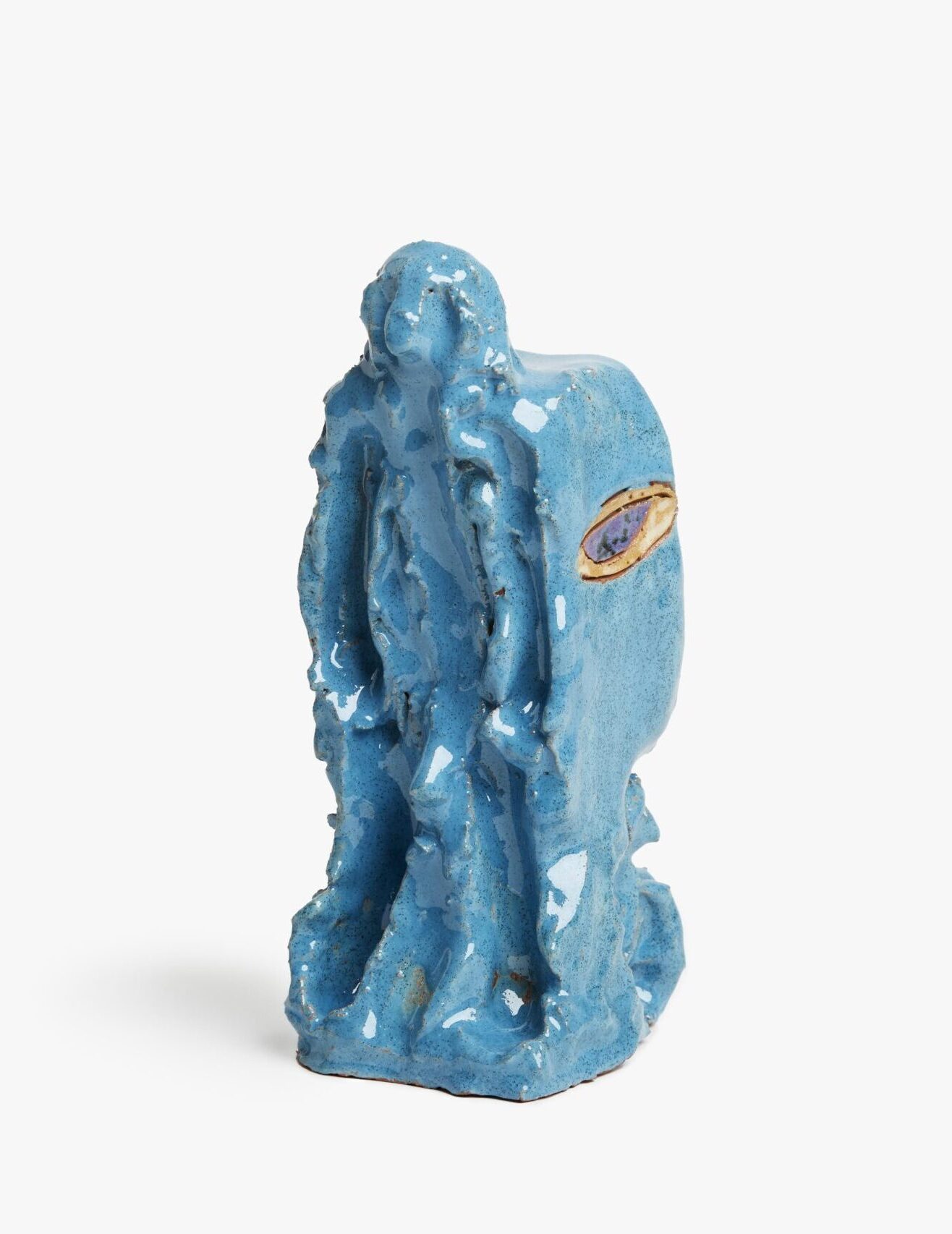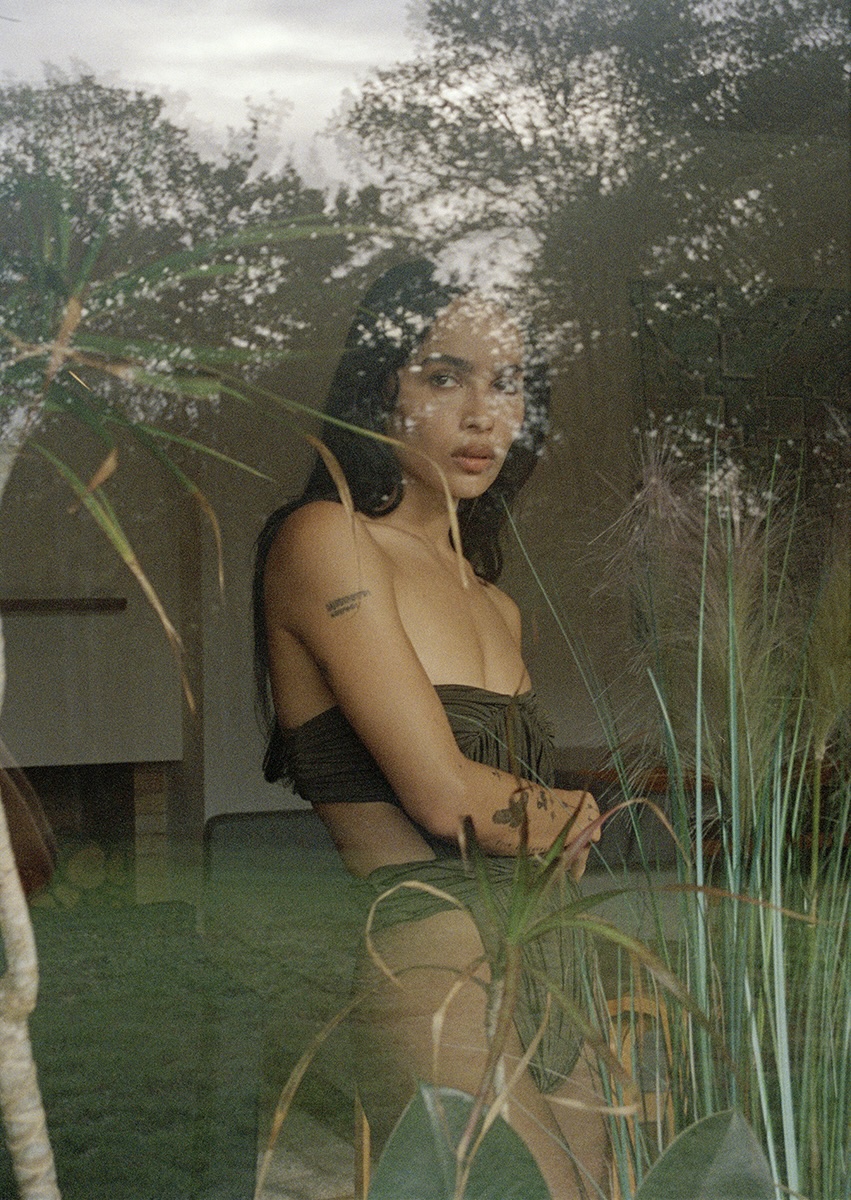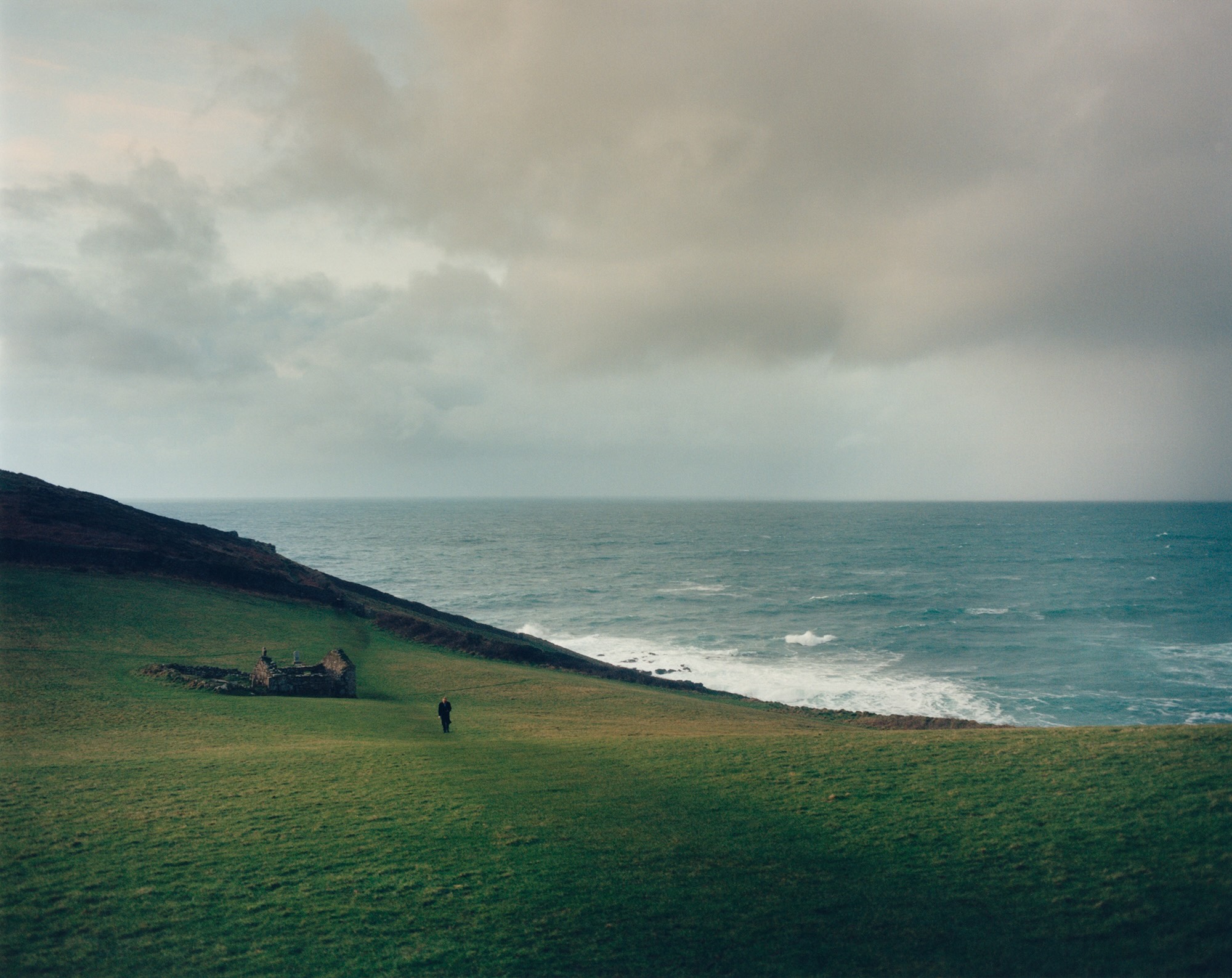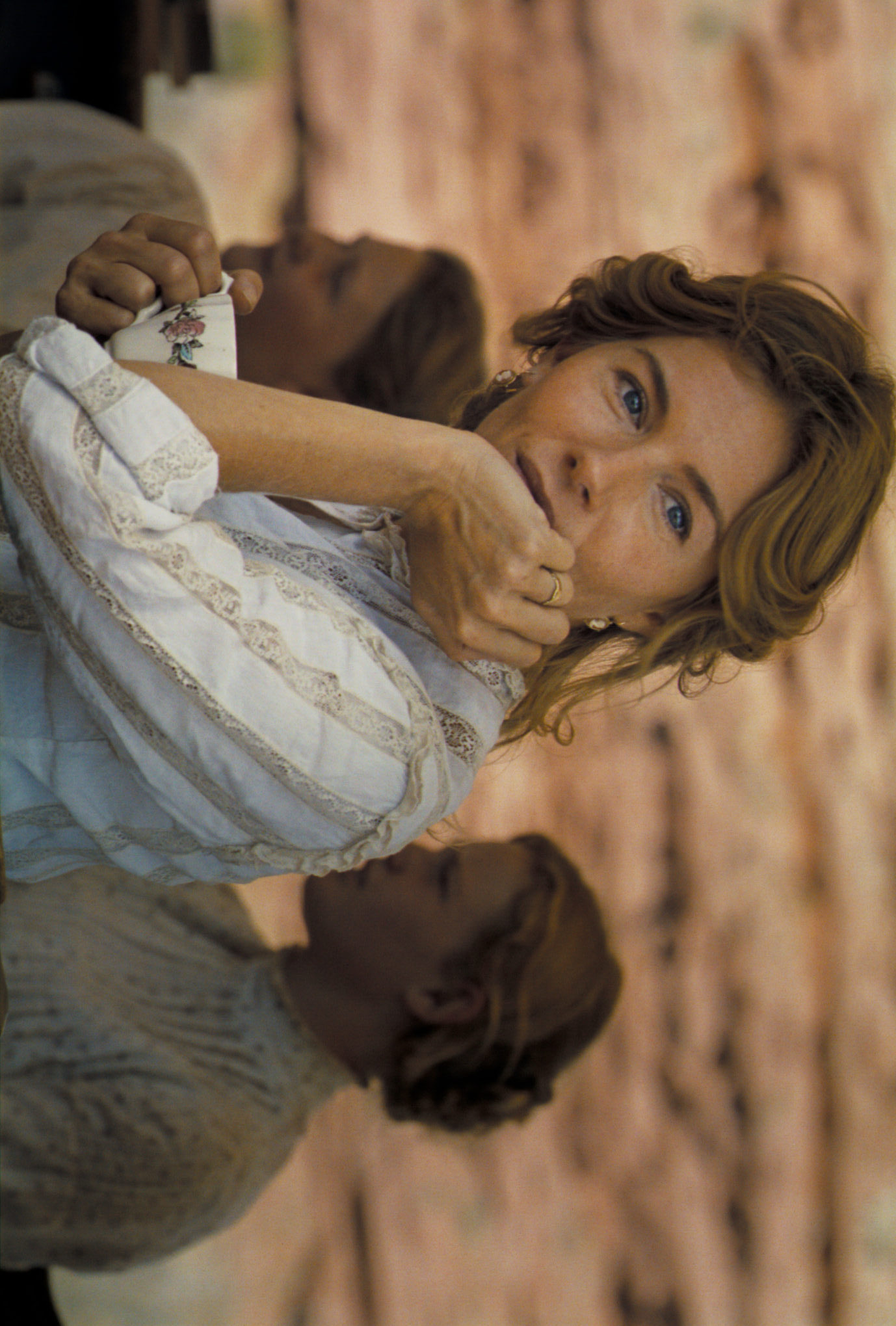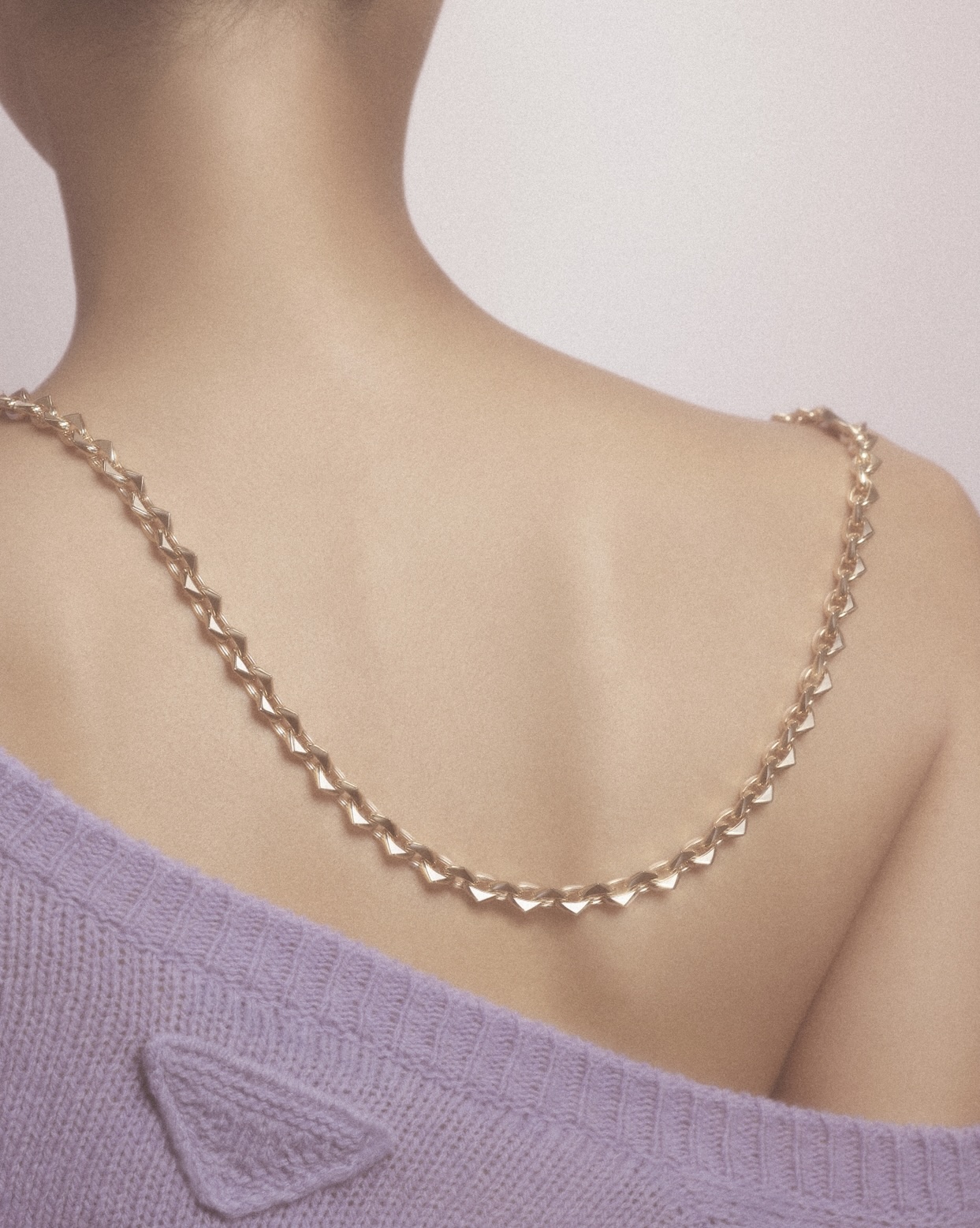Milan, January 7th, 2024
VALENTINA CIUFFI IN CONVERSATION WITH CARLO ANTONELLI
Valentina Ciuffi — age undefined due to her stellar physical form and perfectly casual/conscious/groovy style — entered the world of design with the same lightness with which she navigates Milan on her bike, pedalling in heels, all while smiling. Unfortunately, over the pandemic years, Alcova, the creature she conceived with the mastermind Joseph Grima (curriculum too long, see Wikipedia), positioned itself at the center of the monstrous Milanese design week as the main event for those seeking “something else”, utilising vast spaces left deserted and occupying them for about ten days. The last edition drew in 100,000 visitors at the former city slaughterhouse. Bang. Hence, a recent edition during Miami Art Basel, in a colourful runaway motel. But Ciuffi doesn’t just do that. She founded Studio Vedèt a few years ago, where she produces all kinds of communication, nurtures young designers, and curates exhibitions. A mess of things. On top of it all, she recently birthed a baby, which is causing quite a stir. The question is: how did Ciuffi invent Ciuffi?
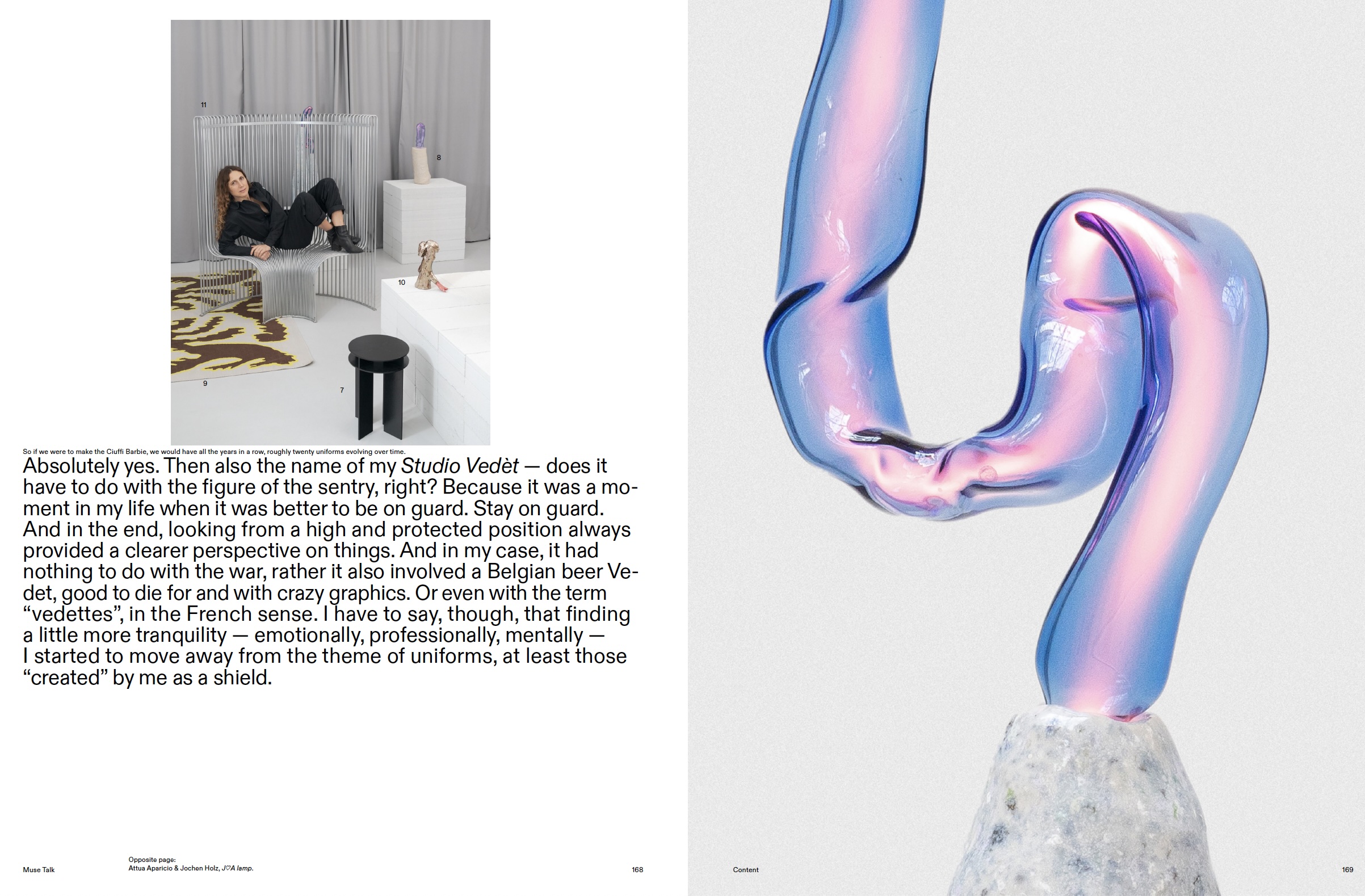
CA Let’s take a moment to rest. Can you imagine yourself in forty years?
VC With great difficulty. I vaguely begin to glimpse myself. Now that I’m in a couple, a little bit more. Aging alongside someone else is more or less imaginable in this way. One of my nightmare movies is Haneke’s Amour. This is to say that in the end, aging — no matter how much brainpower, sense, complicity you may have — it sucks. But no… It’s not a pleasant thing, not an easy thought.
CA Before the start of a two-person love relationship, were you still able to envision yourself future, even with disastrous visions, or simply in stylistic terms?
VC I have to say it was terrifying to imagine being 40 when I was 20. However, all in all, living through my forties turned out to be the best years of my life. So, I’m somewhat comforted by that. My forties were the era where, in my imagination, everything had already happened. I thought, well, if I die at 38, that’s fine. I also had a great love during that time, my first real love. He was into experimental music. He passed away at 38, unbelievable. Even when it ended, we found ourselves at a certain point, often writing to each other in these Gmail chats that used to work, and he would say: “You know, I can’t wait to see myself old with stained sweaters, with friends dressed the same way…”.
CA Don’t you think you’ll have some very innovative prosthetics after 70? Objects with stunning design, of course.
VC Of course. As for limbs, if there is a need, I would try to get top-notch ones. But I’ve sort of understood that the antidote for me is to project as little as possible, including the near future of a few months. Because I’m very good at fantasising and getting lost. Or creating great expectations. This panic about turning forties, where life would be supposed to be over — and instead, it was the opposite — has reassured me a lot.
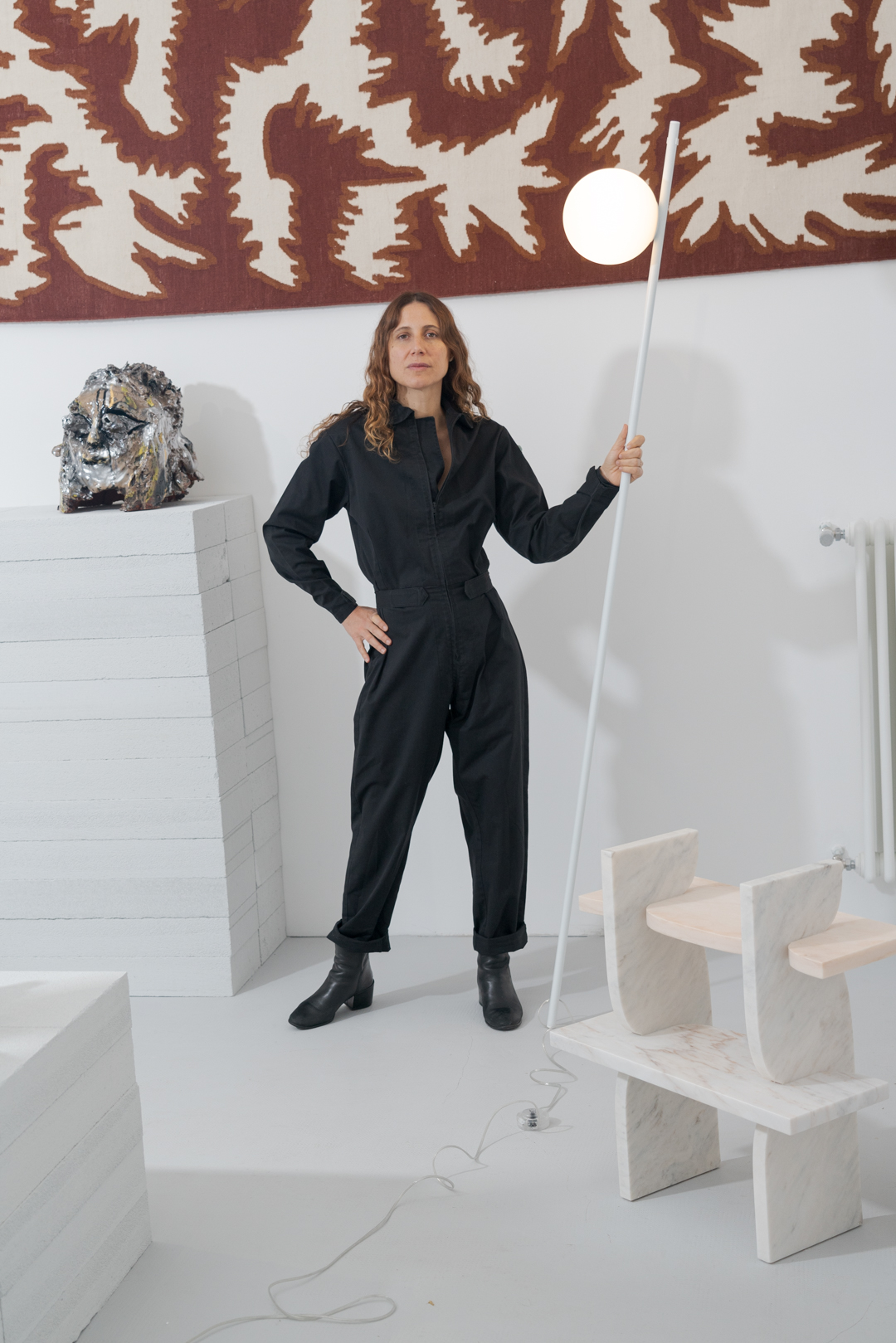
CA What did you want to do?
VC Journalism was kind of coming out. I was studying Communication Science, under the protective figure of Umberto Eco, and everyone more or less was heading in that direction. Instead of Eco, I truly fell in love with Paolo Fabbri, who gave lectures on the semiotics of love and the semiotics of art. So, I decided I had to work with him, I attended his classes like three or four times. Then we stayed in touch; we even communicated later in life, and I had him write some things for Abitare. After that, I met Mario Lupano, another person I’m still connected with, and the conversation about architecture began. And so on. Between one thing and another, I had five excellent advisors for my degree, and it took me a damn century to finish it. It should be mentioned that I also worked in bars, supporting myself. I was fixated on this idea — which now might even make a smile, given what happened later with Alcova — of abandoned spaces transformed into museums. I paid for almost a year of travel on my own. In obscene conditions, so be it! I went to see, at least in Europe but also in the United States, all the museums born from conversions of this kind. That’s why I did my first internships in museums or large private collections: the Fondazione Sandretto Re Rebaudengo, the Castello di Rivoli…
CA Did you always have in mind the idea of writing?
VC Yes, then I started doing it and it has always fascinated me. It has always been my thing. Even in high school, my Italian teacher really loved me, even though I ran over her daughter with a Renault 4. Now I don’t drive anymore because, well, it’s better for everyone.
CA Do you always had a certain ease in approaching people, though, didn’t you? Or did you push yourself?
VC I always struggled with cynical and despotic people. So I’ve never been able to make a career in hierarchical situations. I just can’t. On the other hand, gracefully approaching people comes easy to me. I’m that kid who comes and introduces herself if there’s a group of people. I go there, I talk to them.
CA Returning for a last second to that crowded thesis that seems to have led, for example, to a project like Alcova, your general path is actually focused on urban fabric. It’s evident in your work as a journalist and the way you’ve always been active. It’s as if your eyes are constantly scanning the city while you ride your bike, even with heels. Is the (let’s call it old-school) metropolitan ground still exciting for you?
VC Yes, incredibly. And it’s a strong thing. Just as others get excited about different things. Another significant figure in my journey is Gianni Celati, whom I was fortunate enough to meet and bother for my thesis, too! But at that point, he took me and others to shoot this film that has nothing to do with the city. It was called (and is called) Visioni di case che crollano (Vision of crumbling houses), shot around the Po, where I eventually grew up.
CA Do you come from the Great River?
VC I’m from Bologna, and you can start retracing it from there. It’s still the largest river we have, the closest to literature. We pass through Ghirri, definitely in terms of images, but at that time, in terms of writing, I was very close to Paolo Nori, and we used to organise these events with Ermanno Cavazzoni. Celati’s film is a documentary, narrated by John Berger. Yes. It was incredible; John Berger would suddenly enter these houses and start these extraordinary monologues, without having studied anything about how those spaces had layered over time. These are places where something happened, so there are traces upon traces, but there’s potentially something that could happen. So I have to say that, thanks to the meeting with Joseph Grima years later, life then turned out this way.
Read the full interview on Muse February Issue 63.
